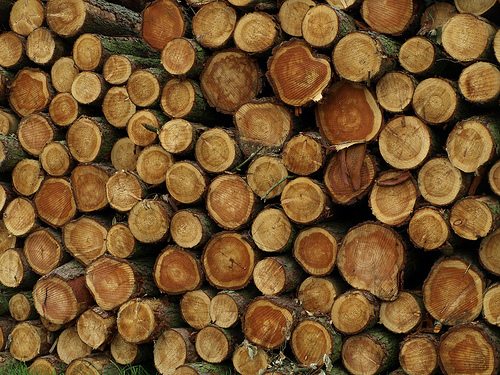

Economy
Illegal Logging: “Europe should put its own house in order,” say EU Auditors
Tackling illegal logging is crucial for controlling climate change by reducing carbon emissions into the atmosphere. As a way of helping the environment protecting trees is hard to beat. The innovative Action Plan launched by the Commission in 2003 was therefore a welcome initiative. However, twelve years later the results overall are meagre, according to a new report from the European Court of Auditors.
Mr Karel Pinxten, Member of the Court of Auditors responsible for this report, said: “Four countries (Greece, Hungary, Romania and Spain) have not yet fully implemented the EU Timber Regulation, which was introduced to prevent illegal timber entering the EU market.
“As the chain of control is only as strong as its weakest link in the single market, illegal timber could still be imported into the EU via these four countries. Europe, on the other hand, has promoted a licensing scheme to ensure that timber producing countries, around the world, export only legal timber. The EU should, firstly, put its own house in order and set an example in tackling illegal logging and the trade of illegally harvested timber.”
The EU Auditors examined the effectiveness of the main aspects of the EU Action Plan on Forest Law Enforcement, Governance and Trade (FLEGT). Under the Action Plan, 300 million euro was allocated to 35 countries between 2003 and 2013. Two countries, Indonesia and Ghana, made good strides towards full licensing for their timber. But in general, progress has been very slow and many countries have struggled to overcome the barriers to good governance. In the twelve years since the Commission introduced the Action Plan, no partner country has obtained fully-approved (FLEGT) licensing.
The lack of adequate planning by the Commission, together with the lack of clear funding priorities towards timber producing countries, were important factors contributing to this lack of progress.
The auditors recommend that the Commission should:
– set out clear objectives and the means of achieving them.
– allocate its resources in those timber producing countries where they will have the greatest impact.
– ensure that the Timber Regulation is fully implemented in all Member States.
– introduce robust assessment and reporting procedures to keep track of the initiative.
– make use of reputable private certification bodies.


 Environment10 months ago
Environment10 months agoAre Polymer Banknotes: an Eco-Friendly Trend or a Groundswell?

 Environment11 months ago
Environment11 months agoEco-Friendly Home Improvements: Top 7 Upgrades for 2025

 Features9 months ago
Features9 months agoEco-Friendly Cryptocurrencies: Sustainable Investment Choices

 Features10 months ago
Features10 months agoEco-Friendly Crypto Traders Must Find the Right Exchange






























